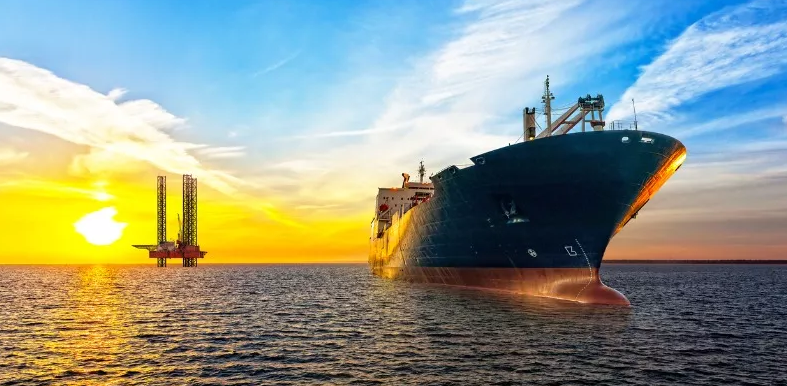Automotive alternators rely on simple voltage regulators, either internal or external, whose primary function is to keep the starting battery charged. However, because efficiency and battery life are more important in maritime applications, the regulators are more complicated, precise, and adaptable. Although internally controlled alternators are available, most marine alternators rely on external regulators to provide such functionality. Many of them may be tailored to the kind and size of the home battery bank, monitoring equipment, and operational circumstances.
The design goals of marine alternators and automotive alternators have diverged in the last decade. Even if the load requirements are similar, they are not substitutes for each other. Especially marine alternators must have higher performance than modern automotive alternators due to the harsh offshore environment.
How to install a marine alternator?
Because most maritime vehicle designs have stringent space limits, it is critical to first determine the suitable alternator case size:
- Small case alternators are usually 6 inches in diameter and 6 inches in length. They frequently use a single pulley. At 12 volts, they typically produce less than 110 amps.
- Large case alternators are around 7 inches in diameter and 7 inches in length, and they provide more than 110 amps. These may necessitate the use of a double pulley or multiple groove serpentine belt system.
- To provide appropriate power, the larger engines need an extra-large case alternator or numerous alternators.
The foot type is another important consideration when purchasing a new marine alternator. Alternator cases are available in single foot or dual foot configurations, with different spacing between feet. Larger diesel engines have wider foot spacing. Some fittings require spacers to be installed properly. The most significant factors are that all pulleys and belts match.


